You can't find these little animals. You cut me down.

I walked around somewhere in Australia, and within a day I saw Australia's classic wildlife kangaroo, koala, kangaroo, emu and platypus all in a single breath.
I'm not talking about going to the zoo. (how boring the animals are,.).
Surprise, surprise?
Many of Sydney's friends may think I'm crazy.
Even some friends who have lived in Sydney for more than a decade have never seen wild kangaroos, let alone koalas and platypus. A few days ago a lost kangaroo popped up on the Sydney bridge and made headlines.
But the truth is, in the southern highlands of Southern Highlands (, just an hour and a half from downtown Sydney, we can see enough of the little animals!
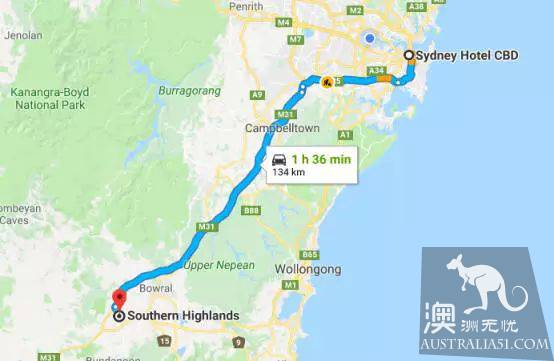
1. kangaroo
When you arrive at Southern Highlands, you can first find the usual kangaroos and find them in small towns such as Bauer (Bowral), Belima (Berrima).
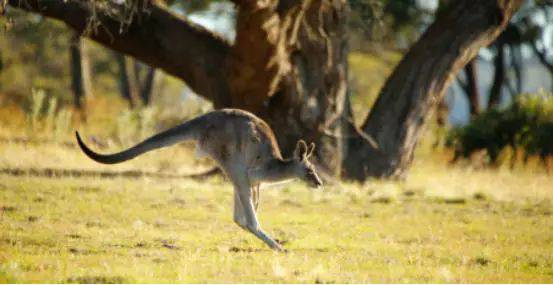
Jump, kangaroos are not rare, but if you look around aimlessly, bad luck friends may still find nothing.
The key to seeing kangaroos is time, not place.
As the most common eastern gray kangaroos, they live in groups, led by a particularly large sibling male kangaroo with a small group of up and down.
The kangaroos are particularly active in the early morning and evening, eating tea in droves of lawns.
At hot noon, Tuao can easily reach more than 40 degrees of heat; kangaroos do not want to be sunburned, so most of them hide in the shade of the woods and lounge to take advantage of the cool.
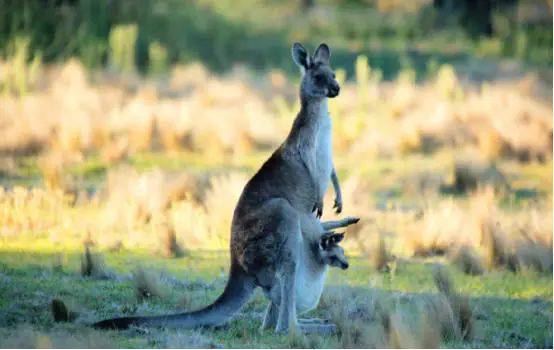
Too big a kangaroo, baby, put her foot out of her mother's nursery bag.
So it's not easy to find kangaroos at noon.
The right way to find the kangaroos is to go to the open grass next to the woods in the morning and dusk to find the kangaroos.
If you watch kangaroos in the morning, you can see the male kangaroos fighting.
It was interesting to see the healthy posture of the kangaroos in the haze and morning light.
Young male kangaroos try to challenge the brother during breeding and become the leader of the group if the challenge succeeds.
So they usually exercise their skills and fight with each other on their normal days. They can punch and kick, but they don't really hurt their opponents.
It is only during the reproductive challenge that occasionally it is true that it falls into a bloodshed.
In addition to the eastern gray kangaroos, the kangaroo species that can be seen are Swamp Wallaby and Red-necked Wallaby,. Unfortunately, they like to move alone and afraid of birth, and sometimes they can be seen bouncing through the woods.
2. Koala
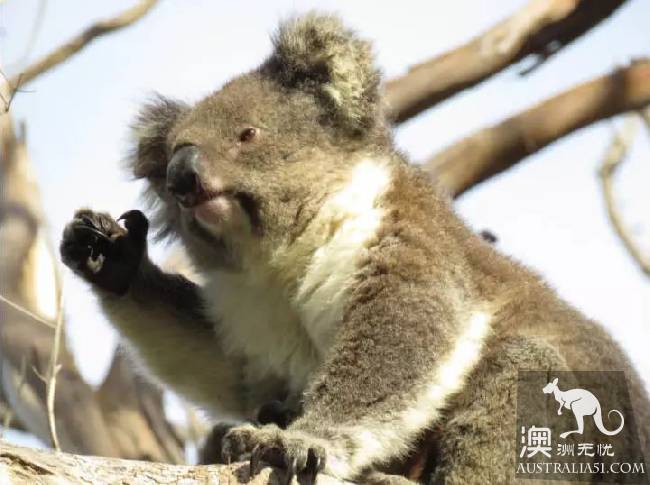
"Don't mess with me. Look at my claws."
Finding wild koalas is very difficult because there are so few koalas left around Sydney.
Koala and kangaroo, on the contrary, to find them, it does not matter when to travel in the day.
Koalas, after all, sleep for 20 hours a day, so any time during the day they can be seen sitting on a branch to sleep in.
The most important thing is to find a habitat for koalas to sleep.
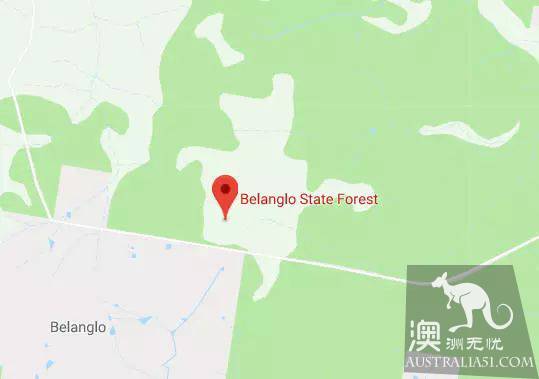
Just give the exact location, and this Belanglo State Forest is almost a trade secret for some high-end private tour groups, which few laymen have ever heard of.
The koala sightings there are said to be among the best around Sydney. Go to Belanglo State Forest and find the thick eucalyptus woods.
According to reliable sources, local koalas particularly like the White Eucalypus and Grey Eucalyptus eucalyptus trees. I personally feel that white eucalyptus trees are more likely to find koalas than brown-gray eucalyptus trees.
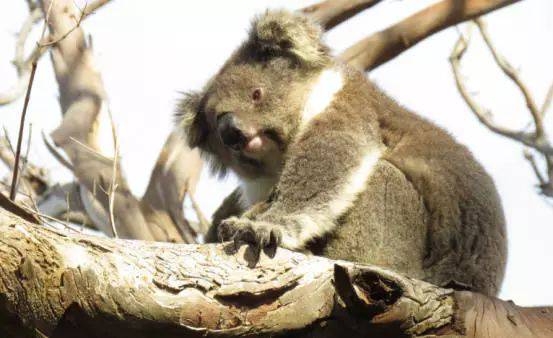
To find koala, the trick is to look up and look good.
Once upon a time, a large koala was right above me, and I went to walk several times without seeing it. After all, koala is in a quiet sleep, so it is easy to miss the neglect.
Koalas are nocturnal walkers who find their neighbors clapping in the middle of the night, or looking for the eucalyptus tree that suits their appetite. They also like to walk along paths opened up by humans, rather than muddy ground covered with weeds, so it is not necessary to find koalas in the dense woods without roads.
The good news is that government is considering turning Belango State Forest into a koala exclusive reserve, and now as a State Forest it doesn't offer koala any real environmental protection, and it could be legally cut down one day.
I hope that the koalas in this area will soon flourish and multiply.
3. Emu (er miao)

Emu is one of my favorite Tuao big birds.
They look like ostrich, can not fly, are more primitive ancient bird species, belong to dinosaur offspring.
In fact, from a certain point of view, they are living dinosaurs!
It's not entirely true that the dinosaurs we heard about were extinct because of asteroids hitting Earth. One to two-legged dinosaur offspring escaped and evolved into birds during the Jurassic and later spread around the world.
Emus have preserved the habits of many ancient creatures, contrary to other living creatures. For example, emu fathers are responsible for hatching and raising baby, while emu moms are wandering around and forgiving themselves, and once the eggs are laid, leave is ignored.
Emu father to incubate eggs can not eat or drink for a whole month, weight loss, really touched good father Australia.
In fact, said so much, just for the search for emu strategies to figure out the number of words.
Because emus live a nomadic life where they have food, there is no exact location to find emus.
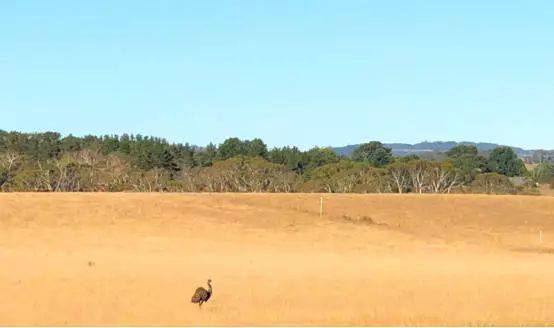
You should try overlooking in the vast grassy pastures, where emus often haunt.
Emus run away when they are in danger, so they rarely run into the rugged jungle with lots of obstacles, but prefer to be on the open-minded prairie.
4. Platypus
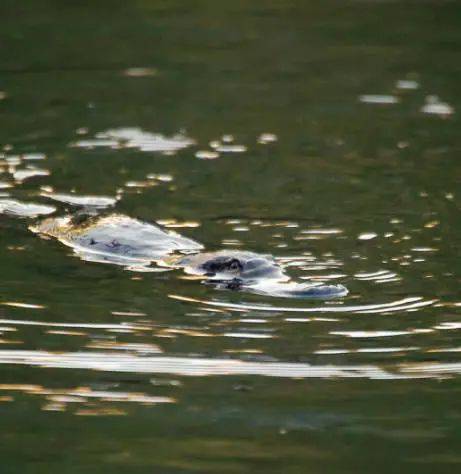
In order to photograph it, it was bitten by the water-edge mosquitoes.
Darwin arrived in Sydney on January 12, 1836, when he was 27 years old. With the help of his guide, he crossed the blue mountain, and after searching, he finally saw the platypus in a stream.
Platypus is one of the strangest animals in the world. It is clearly a mammal, but it is spawning and laying eggs. And strangely, they don't have nipples, so milk can only be secreted through the skin and feed cubs.
They also have duck-like mouths, and males with poisonous stings.
During breeding, the jealous male platypus uses stings to hurt each other and even kill the enemy.
Careful Darwin was not stumped by the platypus's strangeness. Instead, he sensed that the platypus, who liked to stay in the water, had some physical resemblance to the European water mouse. In order to help him write the Origin of species in the future, he put forward the theory that organisms will evolve corresponding physical characteristics in order to adapt to their living environment.
The platypus is very picky. They are only found in clean and clean streams that have not been polluted. Unfortunately, since the Europeans colonized Australia, most of Sydney's surrounding streams have suffered varying degrees of man-made pollution.
Fortunately, in the southern highlands, there is a brook called Wingecarribee River, which satisfies the platypus. Go to the edge of the stream, find a deeper section of the river, in the dusk can wait for platypus to haunt.
Platypus comes out in the evening to hunt, draught bugs, and so on. They stay on the water for only a short time, about 10 seconds or so. Then they dive into the water and stay for 30 minutes and 60 seconds.
So look in the stream constantly sweep back and forth, there is a circle of big ripples, there are platypus there.
Platypus are so shy that once they are frightened, they may hide in their own underwater caves and no longer come out. So when watching platypus, remember to make a loud noise and don't make a sudden and violent move.
Want to see platypus, dusk time, clear stream, deep and shallow water level, these conditions are indispensable. It's a very difficult wild animal to observe.
5. Koala
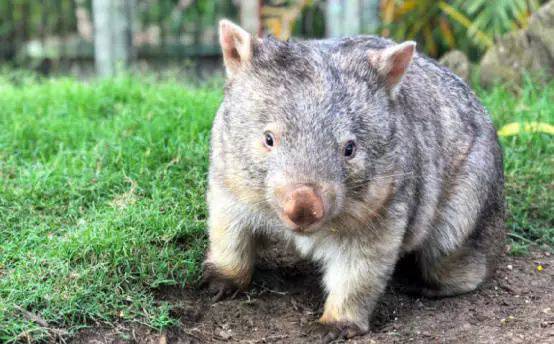
It was only photographed in Macadamia Castle, where the cave enjoyed an air conditioner that the keeper's office did not have.
Well, shame to say, although I love koalas, I haven't seen any wild koalas yet.
The koala is personally thought to be a cuter than the koala. The koala is said to be a distant relative of koala, except that koala likes to climb to the tree during the day to sleep, and the koala likes to sleep in underground caves during the day.
Because they hide during the day, they usually don't have a chance to see them until night.
The entrance to the earth, which they excavated, was often seen by the side of the road, and really wanted to have a good look, and patiently waited until evening, and they would climb out of the cave to feed.
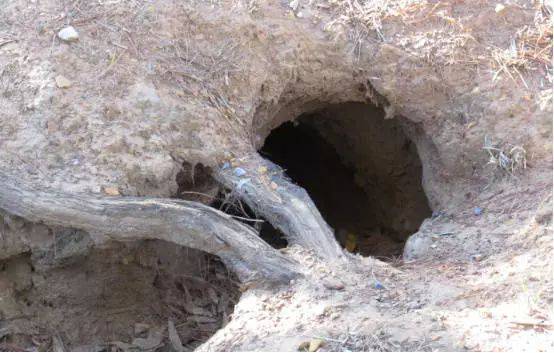
No small earth-Australia animal needs such a large cave, except the koala?.
Another funny feature of koalas is that they are square.
And they like to pull out their poop on stones, reportedly for deliberate display. Square poop is easier to stand out on a stone than any other shape. So walking on the road, if you see a square poop, that means the koala's home may be not far away.
Koalas used to be called Common Wombat, but the problem is that koalas are no longer Common, so experts now recommend calling them Bare-nosed Wombat..

